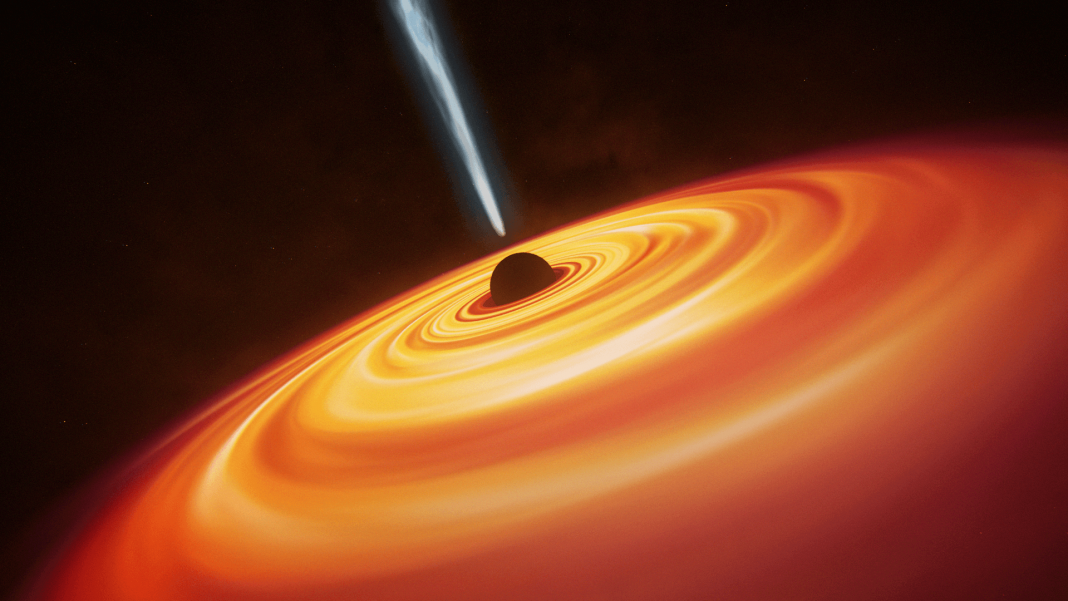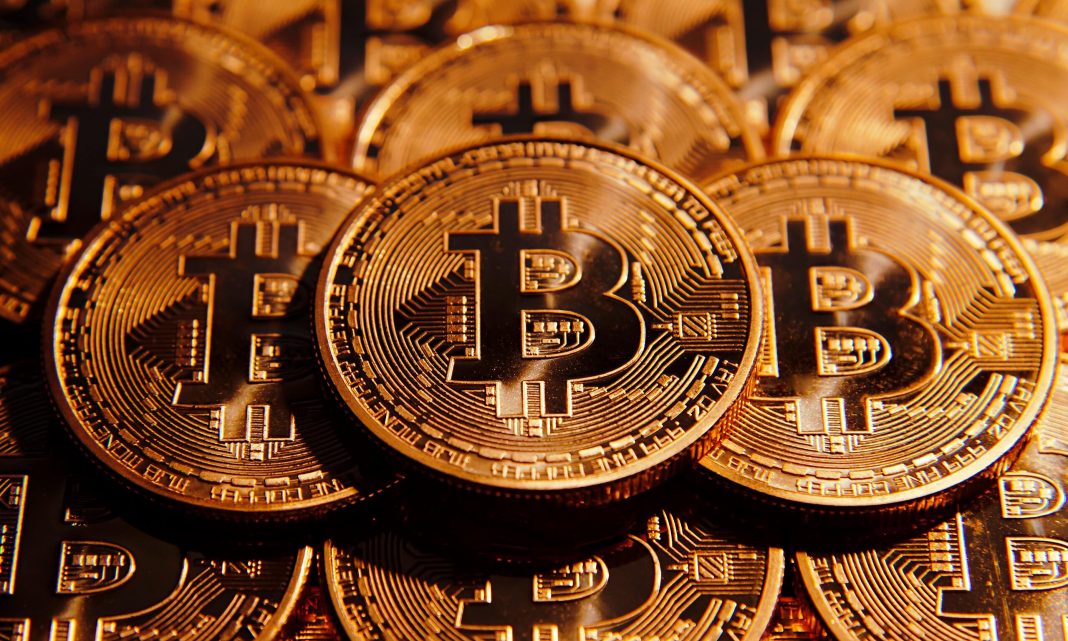In 1971, it was predicted that light waves bouncing off a rotating black can gain energy by siphoning a part of the black hole’s energy, an effect called rotational superradiance. However, the effect is so weak it would be nearly impossible to observe it in an actual black hole. Therefore, observation of rotational superradiant has eluded scientist until a recent experiment using water where it could be measured for the first time.
The results of the water experiment, recently published in Nature Physics, showed an average of 14 percent increase in the speed of water waves scattering off a water vortex, similar to water flowing down the bathtub drain and imitating a black hole.
“If you take a tennis ball and you throw it against a wall, you don’t expect it to come back with more energy,” says Silke Weinfurtner, leader of the study, from the University of Nottingham. “But when you throw something at a black hole, if it’s a rotating black hole, you can actually gain energy.”
“The fluid has to drain in a way that looks like a black hole,” added physicist Antonin Coutant, also at Nottingham. This occurs when the surface waves get to a point of no return and are pulled into the vortex, like the light that reaches a black hole’s event horizon and can’t escape. A water vortex is the best chance to observe the rotational superradiance in a laboratory setting.
The effect, also expected in black holes, accelerated the water ripples up to 14 percent depending on the direction and timing of the wave reported Coutant, Weinfurtner, and colleagues.
Such a result gives more evidence for what we know about the activity of black holes. Dolan says, “It gives us more confidence that our theories about black holes are correct.” According to Vitor Cardoso, a physicist from Instituto Superior Tenico in Lisbon, Portugal, the weak rotational superradiance effect in black holes may, in fact, be observable in the future.
The same superradiance effects that act on light waves can also act on the gravitational waves created when two black holes merge, an effect we may able to detect as we improve technology to ultra-sensitive gravitational wave detectors.
More News to Read











